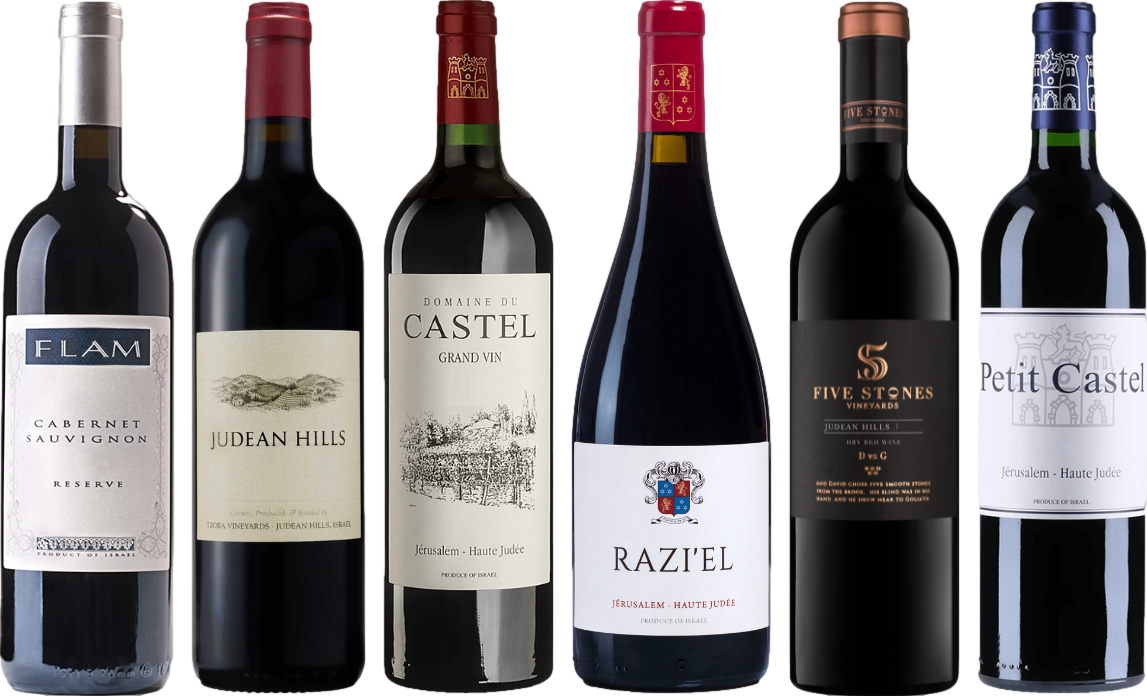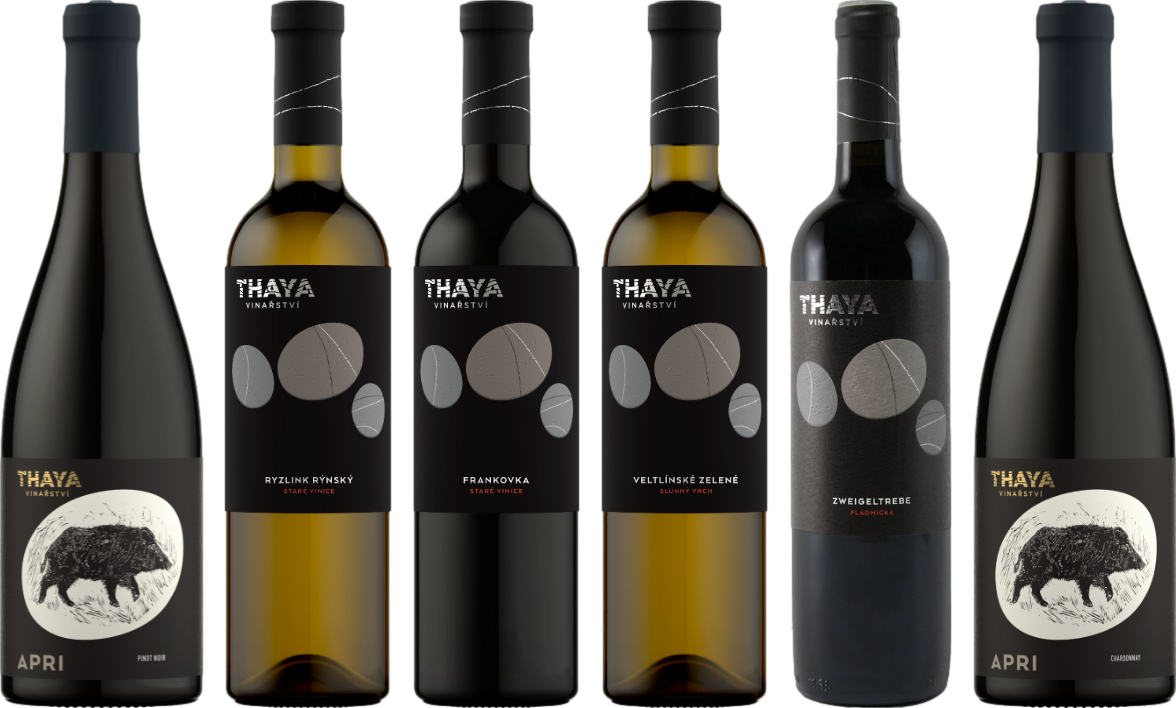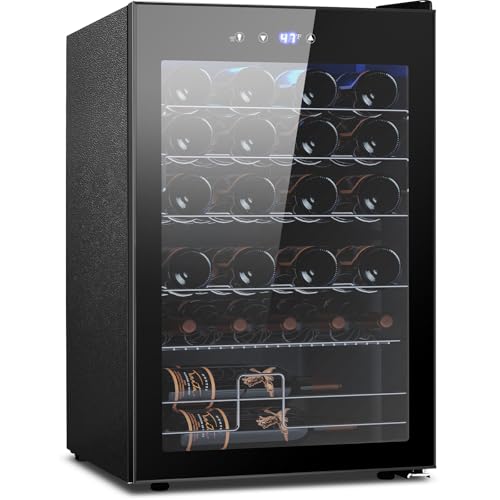



Serving temperatures between 55°F and 65°F (13°C to 18°C) create the ideal environment to appreciate complex flavors in red varietals. Lighter styles, like Pinot Noir, thrive around 55°F (13°C), while fuller-bodied options, such as Cabernet Sauvignon, benefit from temperatures closer to 65°F (18°C).
Allowing a wine to breathe at room temperature can elevate aromas and soften tannins, enhancing overall enjoyment. If your bottle has been stored in a cooler space, gently warming it can help reach that sweet spot. A simple technique is to hold the glass in your hand, allowing body heat to gradually raise the wine’s temperature.
Using a thermometer can ensure precision when serving. A few minutes in the refrigerator can cool a robust red, while a short time in the warming environment of your hand can bring a chilled bottle up to the desired range. Understanding these nuances allows for a more rewarding tasting experience.
Optimal Serving Conditions for Red Wine
Aim for a range of 60°F to 65°F (15°C to 18°C) when serving red varietals. This range allows for the best expression of aromas and flavors, enhancing the tasting experience. Lighter-bodied options, like Pinot Noir, benefit from slightly cooler settings, around 55°F to 60°F (13°C to 15°C), while fuller-bodied choices, such as Cabernet Sauvignon, thrive at the higher end of the spectrum.
Chilling Techniques
To achieve ideal conditions, consider placing bottles in a wine refrigerator or an ice bucket filled with water and ice for about 20 to 30 minutes. Avoid refrigeration for long periods, as it can mute flavors and aromas. Instead, aim for a balance that allows the wine to showcase its characteristics without being overly warm or cold.
Impact on Flavor Profile
Serving at appropriate levels influences not only the taste but also the overall enjoyment. Higher heat can amplify tannins, making a wine taste harsher, while too much chill can dull the complexity. Pay attention to the varietal and adjust accordingly to enhance the experience with each pour.
Understanding Optimal Serving Temperatures for Different Red Wines
Serve lighter varietals like Pinot Noir and Gamay at 55-60°F (13-16°C). This range enhances their delicate flavors and aromas, making each sip more enjoyable.
Medium-bodied options, such as Merlot and Chianti, perform best between 60-65°F (16-18°C). This temperature emphasizes their fruit characteristics while softening tannins.
Full-bodied selections, like Cabernet Sauvignon and Syrah, should be enjoyed at 65-70°F (18-21°C). This warmer range allows their complexity to unfold, revealing deeper notes and richness.
- Chill lighter reds slightly before serving.
- Let medium-bodied wines breathe for a few minutes after pouring.
- Decant full-bodied wines to enhance their aromas and flavors.
Avoid serving any red too cold, as this can mute flavors, and overly warm temperatures can emphasize alcohol and mask subtle nuances. Aim for precision to elevate your tasting experience.
How to Measure the Temperature of Your Red Wine Accurately
Utilize an infrared thermometer for precise readings. Aim at the wine inside the glass, not the glass itself, to avoid inaccurate results. Hold the device a few inches away and press the trigger for an instant measurement.
If you prefer a traditional approach, invest in a digital wine thermometer. Insert it into the bottle or place it against the glass. These thermometers often provide a quick readout, ensuring you don’t miss the optimal range for enjoyment.
Another option is to use a calibrated wine thermometer, which can be wrapped around the bottle. This method allows for continuous monitoring during service, especially if you’re serving multiple pours or decanting.
Always ensure your measuring device is clean and well-maintained. Any residual temperature from previous uses can skew results, leading to a less than ideal experience.
Try to measure at the widest part of the glass, allowing the sensor to capture the wine’s true essence. This way, you ensure an accurate representation of the current state of your beverage.
Common Mistakes in Serving Temperature for Red Wine
Serving at room heat is a frequent error. Many believe that simply pouring from the bottle is sufficient, but this often results in an excessively warm experience. Ideally, aim for a range of 55°F to 65°F, adjusting based on the specific variety.
Another misconception involves neglecting chilling options. A brief time in a bucket of ice or a refrigerator can enhance enjoyment. Just 15-30 minutes can make a significant difference, especially for fuller-bodied varieties like Cabernet Sauvignon.
Using a glass too large is also common. This allows too much exposure to ambient warmth, especially if held in hand for extended periods. Opt for a smaller bowl to maintain a cooler environment longer.
Ignoring vintage is a mistake worth noting. Some wines age better and can handle slightly warmer serving conditions, while others, especially lighter styles, require more care. Researching specific bottles can enhance your experience.
Lastly, serving without a thermometer can lead to uncertainty. Investing in a simple wine thermometer helps ensure accuracy. Relying solely on feel may lead to serving at inappropriate levels.
- Avoid serving at room temperature.
- Consider chilling for a short time.
- Choose appropriate glass size.
- Account for the vintage of the bottle.
- Use a thermometer for accuracy.
The Impact of Temperature on Red Wine Flavors and Aromas
Serving at 60-65°F (15-18°C) allows tannins to soften, enhancing fruitiness and floral notes, while higher degrees risk overemphasizing alcohol and masking subtle nuances.
Different varietals respond uniquely to warmth. For instance, lighter-bodied wines like Pinot Noir flourish around 55-60°F (13-15°C), revealing their delicate aromas and complex flavors. In contrast, fuller-bodied options, such as Cabernet Sauvignon, benefit from slightly higher settings, where their bold character truly shines.
Temperature fluctuations can also affect aromatic compounds. Cooler conditions preserve fruity aromas, while warmth can release more volatile compounds, changing perceptions of aroma intensity. This is why a wine’s bouquet can vary significantly based on serving conditions.
For optimal experiences, decanting can help aerate, allowing flavors to evolve as it warms in the glass. The process encourages oxidation, enhancing the wine’s depth. Consider this when pairing with dishes; for example, a robust red complements a rich meal like how to cook a beef crown roast, where both flavors can harmonize beautifully.
| Wine Type | Optimal Range (°F) | Flavor Profile Enhancement |
|---|---|---|
| Pinot Noir | 55-60 | Delicate fruit and floral aromas |
| Merlot | 60-65 | Soft tannins, rich fruitiness |
| Cabernet Sauvignon | 65-70 | Bold character, deep flavors |
| Zinfandel | 60-65 | Spicy notes, ripe fruit |
Understanding how warmth influences perception allows for better enjoyment of every pour. Tailoring experiences around these insights can transform a simple tasting into a memorable event.
Best Practices for Chilling Red Wine Before Serving
Start by placing bottles in an ice bucket filled with equal parts ice and water. This method chills contents more quickly and evenly than ice or water alone. Aim for a chilling duration of 20-30 minutes. If time allows, consider the refrigerator for 45 minutes as an alternative, ensuring not to overcool.
Monitoring and Adjusting Chill Duration
Test frequently during chilling. Use a wine thermometer to check the internal warmth. Pull the bottle out when it reaches the desired coolness, typically around 55°F (13°C) for lighter styles. For fuller-bodied varieties, you may prefer temperatures slightly warmer, around 60°F (15°C).
Avoiding Overchilling
Be cautious of excessive chilling. Overly cold conditions can mask flavors and aromas, diminishing the overall tasting experience. If a bottle feels too cold, allow it to sit at room temperature for a few minutes before serving to restore balance.
Storage Conditions: Maintaining Ideal Temperatures for Red Wine
Consistent environments are crucial for preserving the quality of your vino. Aim for a range of 50°F to 65°F (10°C to 18°C) to ensure optimal preservation. Fluctuations can cause undesirable effects on flavor and aroma. A dedicated wine cooler or cellar offers the best solution for maintaining this stability.
Humidity and Light Control
Humidity levels between 50% and 70% prevent corks from drying out while also avoiding excessive moisture that could lead to mold. Store bottles horizontally to keep corks moist and seal intact. Avoid exposure to direct sunlight, as UV rays can degrade components and alter taste profiles.
Minimizing Vibration
Limit vibrations by placing bottles on stable surfaces. Frequent movement disrupts sediment, impacting taste. Ensure storage areas are calm and quiet, away from appliances and high-traffic zones.
FAQ:
What is the ideal temperature for serving red wine?
The ideal serving temperature for red wine typically ranges between 60°F to 65°F (15°C to 18°C). This temperature range allows the wine to express its flavors and aromas fully. Lighter red wines, like Pinot Noir, are often best enjoyed at the lower end of this spectrum, while fuller-bodied reds, such as Cabernet Sauvignon, may be better at the higher end. Serving red wine too warm can accentuate alcohol flavors, while serving it too cold may mute its complexity.
How does the temperature affect the taste of red wine?
Temperature has a significant impact on the taste and aroma of red wine. At higher temperatures, the alcohol in the wine becomes more pronounced, which can overshadow the subtle flavors and aromas. Conversely, at lower temperatures, the wine may taste muted, and the tannins can become overly harsh. Proper temperature enhances the wine’s bouquet, balance, and finish, allowing drinkers to appreciate the full character of the wine.
Can you serve red wine straight from the bottle?
Serving red wine straight from the bottle, especially if it’s at room temperature, is generally not recommended. Room temperature can often be warmer than the ideal serving temperature for red wines, making the wine taste overly alcoholic and less enjoyable. It is best to chill the wine slightly or let it breathe for a short time after opening to allow the flavors to develop properly. If the wine is too warm, consider placing it in a wine cooler or an ice bucket for a few minutes before serving.
How can I properly store red wine to maintain its temperature?
To maintain the ideal temperature for red wine, it’s best to store it in a wine fridge or a cool, dark place where the temperature is stable, ideally around 55°F (13°C). Avoid placing wine near heat sources or in direct sunlight, as fluctuations in temperature can spoil the wine. If you don’t have a wine fridge, a regular refrigerator can suffice for short-term storage, but remember to allow the wine to warm to the appropriate serving temperature before consuming.











